Brand-new £179 phone wants to offer flagship features from the most expensive Android devices to everyone
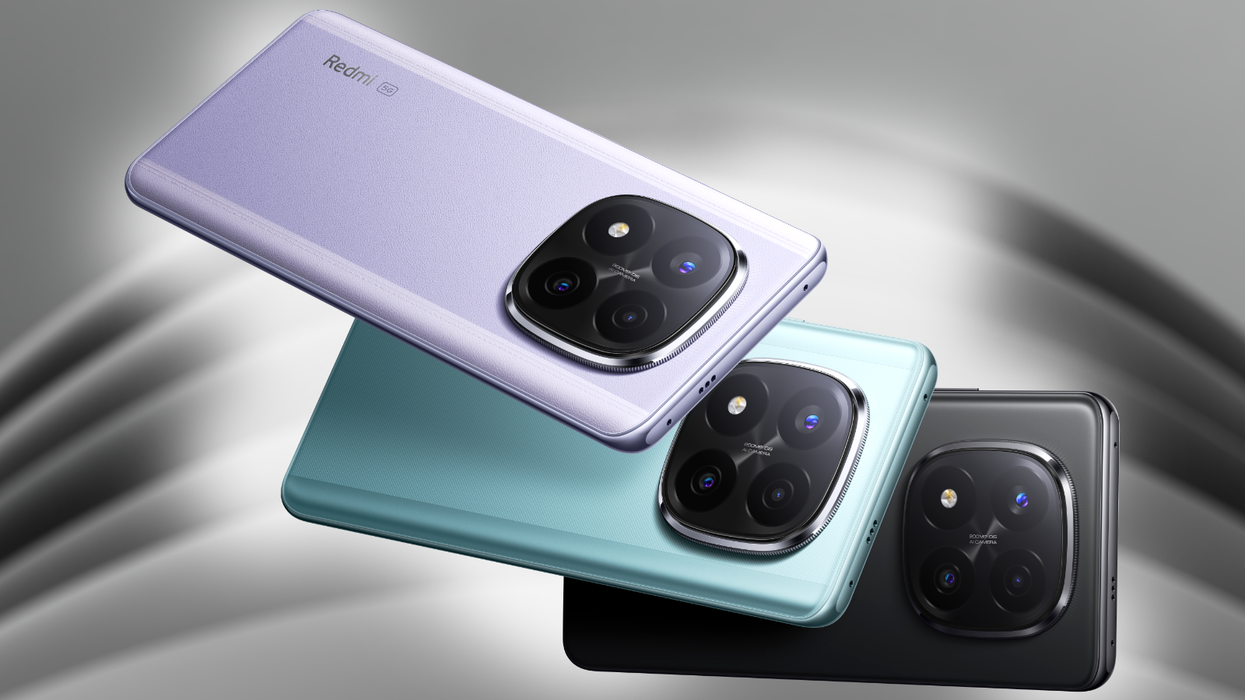
Redmi Note 14 Pro+ 5G is the most expensive of the new lineup revealed by Xiaomi, with prices starting from £399, and available in three finishes — Midnight Black, Lavender Purple, and Frost Blue
|XIAOMI PRESS OFFICE

All products and promotions are independently selected by our experts. To help us provide free impartial advice, we will earn an affiliate commission if you buy something. Click here to learn more
Chinese manufacturer Xiaomi says its new devices are "democratising flagship features" with their affordable UK price tags
- Xiaomi just announced its biggest bulk of phone launches in Europe
- Priced between £179 and £399, these Android phones are budget-conscious
- Despite the affordable price tags, Xiaomi has fitted many flagship features
- This includes 6,000mAh, 120W fast-charging, 200MP cameras, and more
- The all-new Redmi Note 14 and Poco X7 series will launch in the coming weeks
Don't Miss
Most Read
Xiaomi has unleashed six new budget phones designed to take the UK by storm. With prices from £179 to £399, these Android handsets are designed to be friendly to your Current Account. A spokesperson for the Chinese brand described the release of these six new smartphones as "democratising flagship features" for value-conscious customers who may not be able to afford premium devices.
The launch marks one of Xiaomi's largest simultaneous phone releases in Europe.
The complete lineup includes four models under the "Redmi" brand, including base Redmi Note 14 (£179), Redmi Note 14 Pro 4G (£249), Redmi Note 14 Pro 5G (£299), Redmi Note 14 Pro+ 5G (£399). Xiaomi is also bringing two gaming-focused phones under the "Poco" sub-brand, the Poco X7 (£249) and Poco X7 Pro (£309), to the UK in the coming weeks.
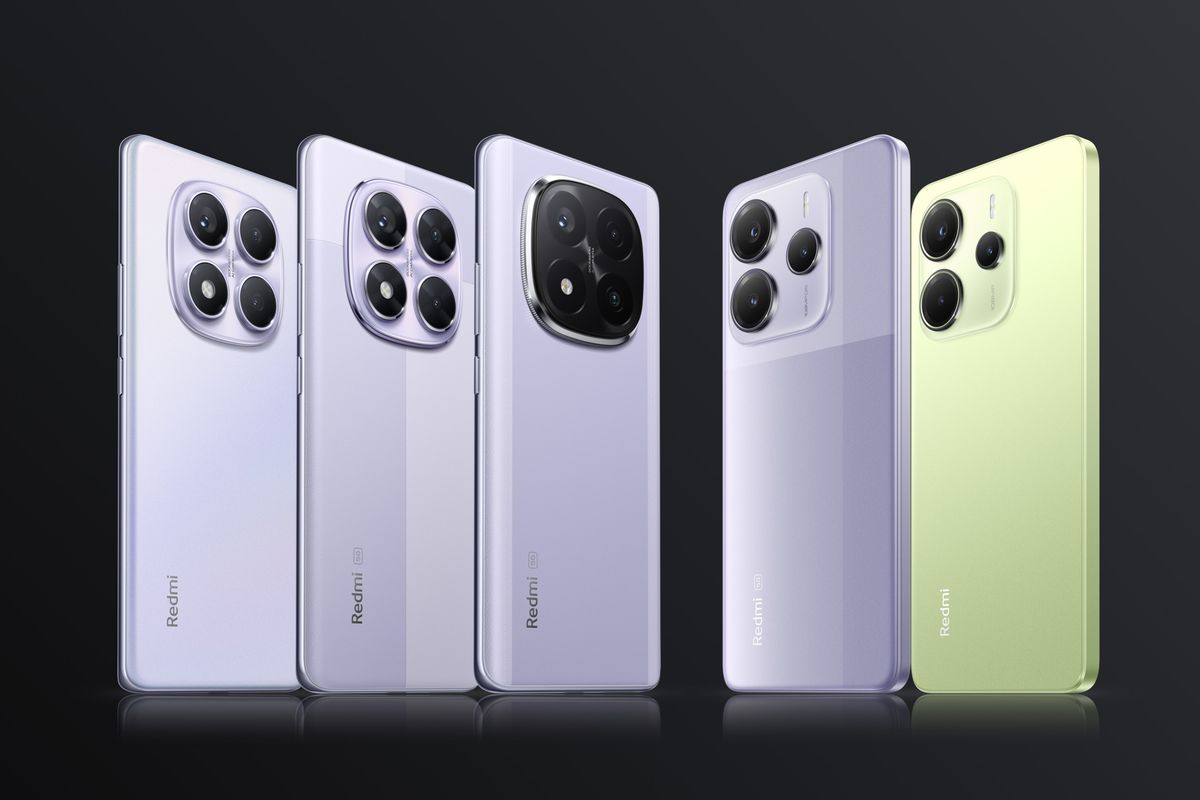
There are three different variations of the new Redmi Note 14 Pro series, starting from £249 and topping-out at £399, pictured on the left-hand side, while the entry-level Redmi Note 14 lands on shelves with the most affordable £179 price tag, pictured in two colours on the right-hand side of the image
|XIAOMI PRESS OFFICE
Even at £399, the most expensive Redmi Note 14 Pro+ 5G unveiled by Xiaomi is still comfortably cheaper than the Galaxy S24, Google Pixel 9, and the iPhone 16, which all start from £799.
The popular Android brand wants these phones to introduce features that would usually only be available on the priciest devices from Samsung, Google, and Apple to budget-conscious shoppers. That includes beefy 6,000mAh batteries for endless battery life, wide-aperture 50MP cameras, toughened Gorilla Glass Victus 2, and 120W wired fast-charging for speedy refills.
“What we’re looking at when we talk about democratising features is making sure we still offer a great experience for our value customers, and customers who may not be able to afford our premium flagship devices," a spokesperson for Xiaomi told TechRadar in an exclusive chat. "We look at the device and what the price point is, and what we can do within that price point for consumers.
"The other point is user feedback. We look on social media, we have our own Xiaomi fans that we talk to directly – that helps us with direction, and that’s something we’ve done since the beginning of Xiaomi."
The top-end device from this new selection — the — will be the first phone released in Europe with Qualcomm's Snapdragon 7s Gen 3 chipset. Built on a microscopic 4-nanometre dye, this system-on-a-chip is designed to balance fast performance and improved efficiency.
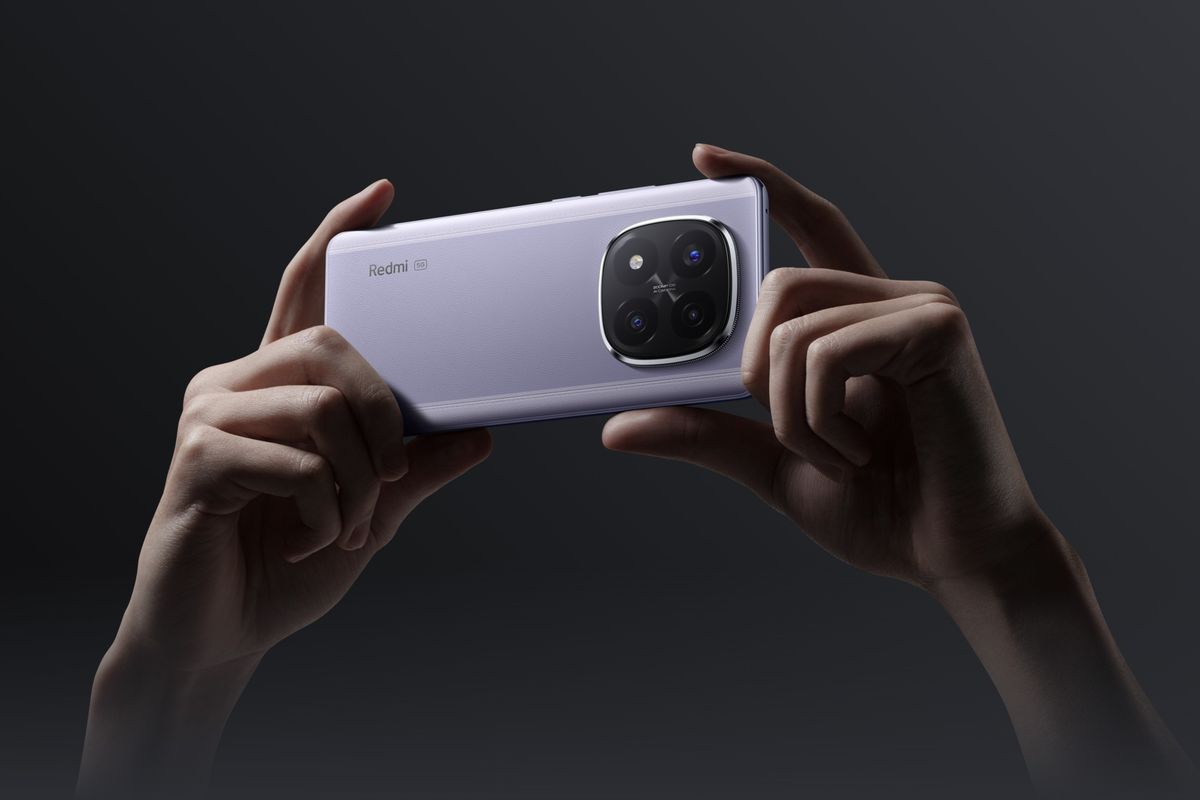
Redmi Note 14 Pro+ 5G has the most impressive camera set-up of the onslaught of new handsets from Xiaomi, with a 200MP main sensor promising crisp pixel-packed detail, 8MP ultra-wide for big group shots, and dedicated 2MP macro lens for close-up snaps
|XIAOMI PRESS OFFICE
Priced at £399, this device also boasts a 6.67-inch AMOLED display with 1220p resolution and 120Hz refresh rate, protected by Gorilla Glass Victus 2. According to Corning, the US brand behind this strengthened glass, the upgraded Victus 2 can survive “drops of up to one meter on a surface replicating concrete” in lab testing. It first appeared on the Galaxy S23 from Samsung, which cost £849 at launch in early 2023.
On the back of the Redmi Note 14 Pro+ 5G, you'll find a triple camera system led by a 200MP main sensor with optical image stabilisation, complemented by an 8MP ultra-wide and 2MP macro lens.
Inside, there's a 5,110 mAh battery cell that supports 120W wired charging for blink-and-you'll-miss-it recharging. The Pro+ model comes with up to 12GB RAM and 512GB storage, alongside IP68 dust and water resistance certification.
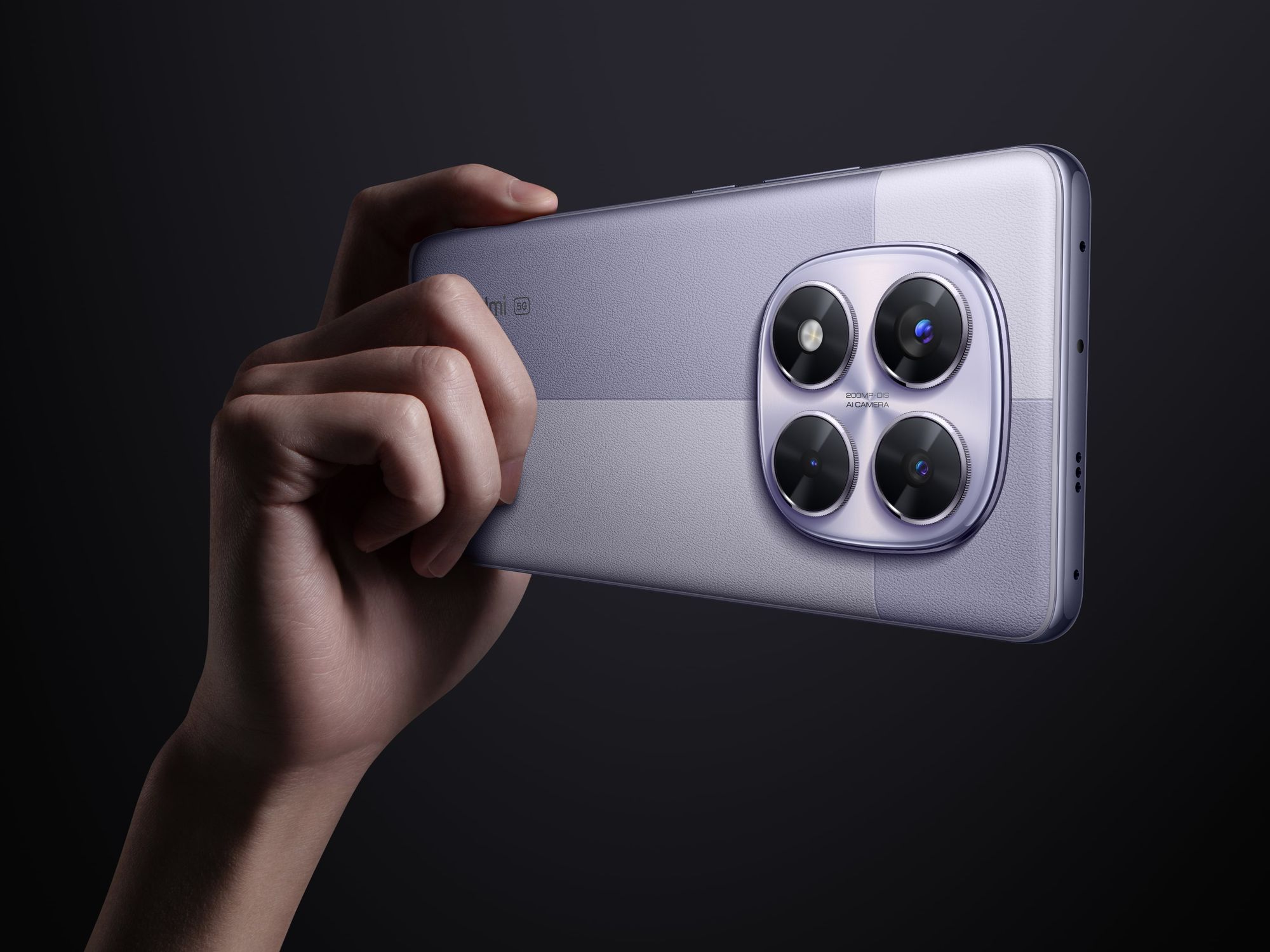
Despite the £100 price difference between the Redmi Note 14 Pro+ and the Redmi Note 14 Pro, pictured above, it keeps the same 200MP main camera sensor, 8MP ultra-wide, 2MP macro, and the 20MP selfie camera on the front of the handset
|XIAOMI PRESS OFFICE
For £100 less, the Redmi Note 14 Pro 5G model trades the Qualcomm chipset for MediaTek's Dimensity 7300 Ultra processor.
Announced last year, this chip is designed to improve performance for Artificial Intelligence (AI) tasks and handles photo remastering is up to 1.5x faster than Dimensity 7050.
When it comes to photography, it shares the same 200MP main camera system and 6.67-inch display as its pricier Note 14 Pro+ sibling, though with reduced 45W charging speeds.
Meanwhile, the Note 14 Pro 4G variant, priced at £249, utilises the slower MediaTek Helio G100-Ultra chipset, but ships with a slightly larger 5,500mAh battery. Both Pro 5G and Pro 4G models feature curved displays with pixel-packed 1.5K resolution and come equipped with 8GB RAM and 256GB storage as standard.
The devices run on Xiaomi's latest HyperOS, based on Android 14, and are available in Frost Blue, Midnight Black, and Lavender Purple colour options.
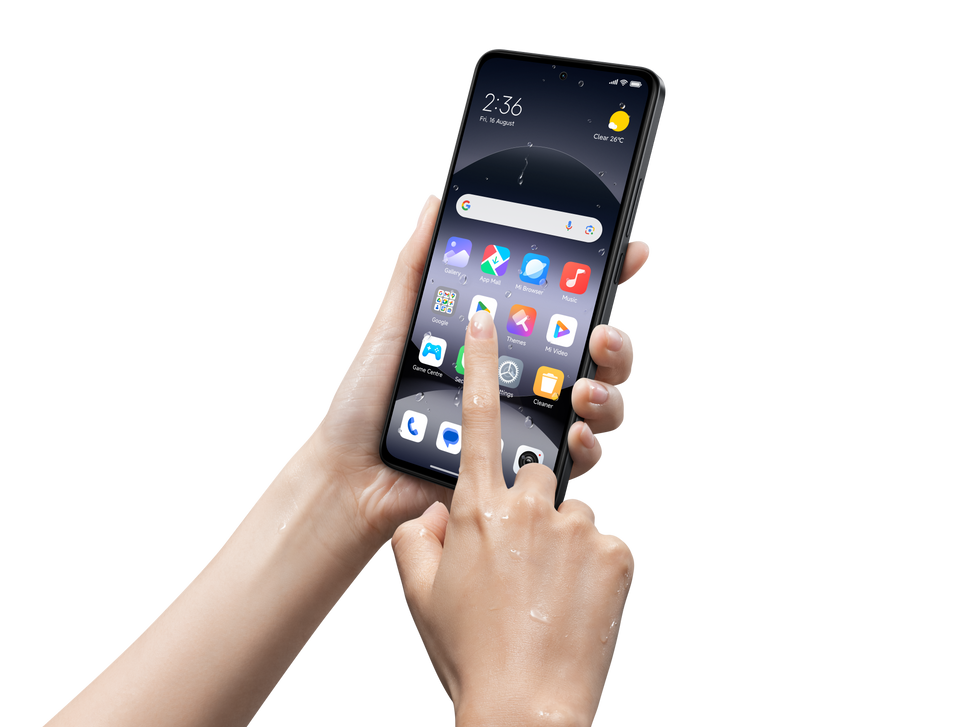
Redmi Note 14 is the most affordable model from the new lineup, starting from just £179, it boasts a water-resistant design, an expansive 6.67-inch AMOLED display with a 120Hz high-refresh rate, large 5,500mAh battery, and optional microSD expansion for more onboard storage
|XIAOMI PRESS OFFICE
The entry-level Redmi Note 14, priced at just £179, still comes equipped with some impressive specifications. Don't be fooled by the budget price tag, the device features a 108MP main camera — that's almost twice as many megapixel as the one found inside the £799 iPhone 16.
For those who want to capture as much detail as possible, letting them crop images while maintaining quality, this is a bonus.
The wallet-friendly phone sports a 6.67-inch FHD+ AMOLED display with a 120Hz high-refresh rate for smooth system animations and slick gameplay. Protecting the screen is Gorilla Glass 5 toughened glass — that's the same protection found on the Samsung Galaxy S23 FE, which cost £599 at launch at the end of 2023.
Fuelling the Redmi Note 14 is a large 5,500mAh battery, which supporting 33W turbo charging capabilities. The base model includes 6GB RAM and 128GB storage, with the option for microSD expansion.
Notable features include dual speakers with Dolby Atmos, a 3.5mm headphone jack, and IP54 water and dust resistance, so you won't need to worry about making calls if you're caught-out in the rain, or if you accidentally spill a drink over your new Redmi handset.
The device ships with Android 14 using Xiaomi's HyperOS interface and comes in black, blue, or green colour options.

Poco X7 and Poco X7 Pro are new additions to the gaming-centric sub-brand from Xiaomi, offering supercharged performance for the most resource-intensive mobile games
|XIAOMI PRESS OFFICE
Meanwhile, for those who like to spend their commute playing games on their smartphone, the new Poco lineup from Xiaomi is worth a look. First up, the Poco X7 Pro, priced at £309, features a MediaTek Dimensity 8300 chipset and a unique soft-touch PU leather rear panel.
The device comes with a massive 6,000mAh split battery supporting 90W fast wired charging. On the back, there's a triple-camera system that includes a 50MP main sensor and an 8MP ultra-wide lens. Flip the handset over and you'll find a 20MP selfie camera for video calls.
The standard Poco X7, starting at £249, utilises a MediaTek Dimensity 7300 chipset and features a 5,110mAh battery with 45W charging.
Both models sport a 6.67-inch 1.5K display, although the entry-level X7 has a dual-curved design, while the X7 Pro opts for a flat screen. The gaming-focused handsets come in sporty black and yellow colour options, with 8GB RAM and 256GB storage as standard.
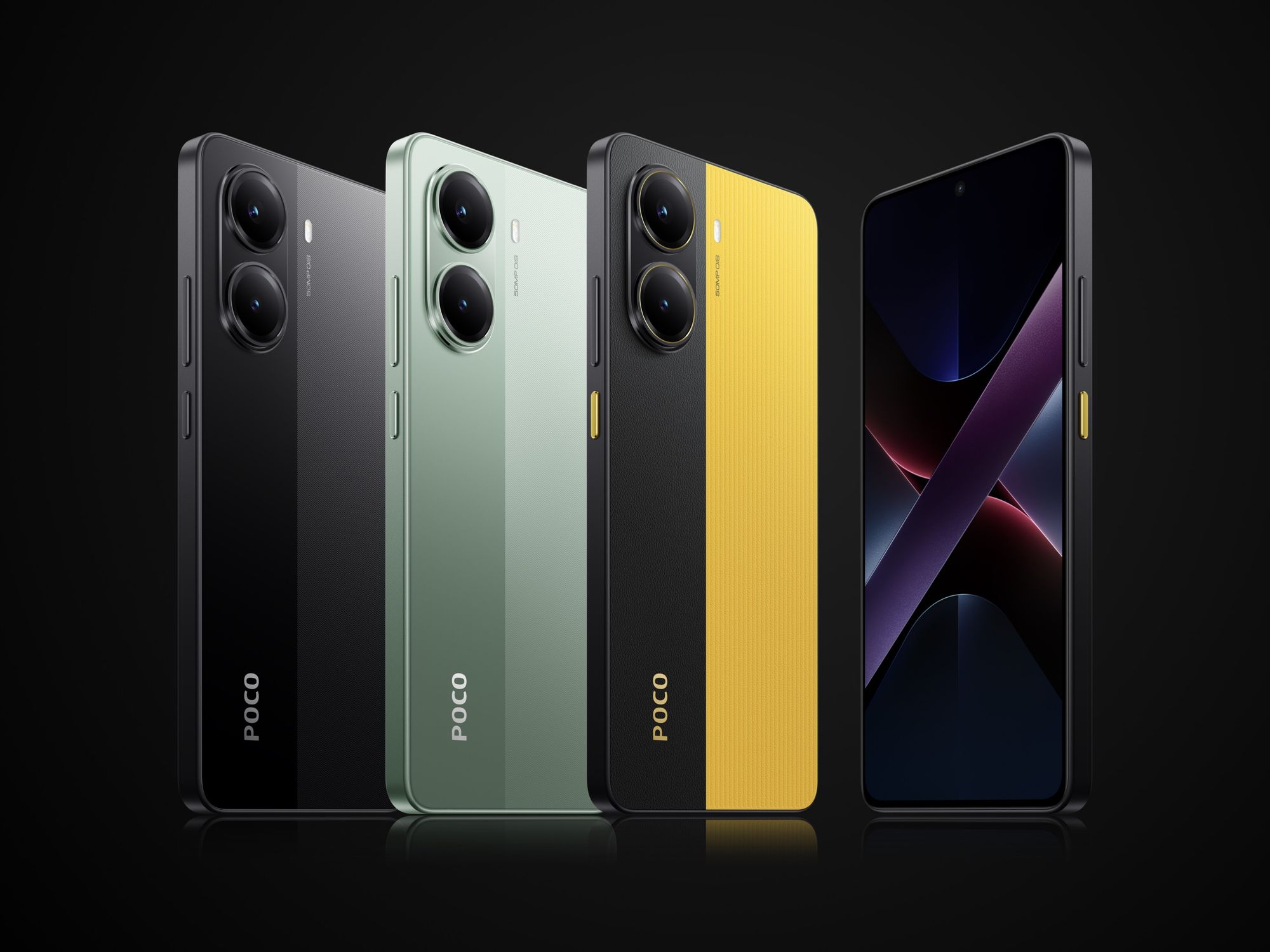
Poco X7 is available in a choice of three colours — Silver, Green, and Black. It comes in two variants, one with 8GB of RAM + 256GB of built-in storage, and a pricier model with 12GB + 512GB for those who want improved multi-tasking and more storage for games, songs, and photos
Ahead of the announcement of these affordable Android phones, Counterpoint Research showed Xiaomi was the fastest-growing smartphone maker in 2024, outpacing both Samsung and Apple.
The Chinese manufacturer achieved a 1% year-on-year growth in global market share, whilst both Samsung and Apple saw their shares decline. Samsung maintained its leading position with 19% of the global market, followed closely by Apple at 18%.
Xiaomi's success is particularly notable given its limited presence in the United States, one of the world's largest smartphone markets.
LATEST DEVELOPMENTS
- Use Gmail? You must adjust one setting NOW to avoid worrying new scam
- Sky TV teases ‘smarter, brighter and better than ever’ mystery new product
- Best VPN deals
- Microsoft declares 'year of the Windows 11 PC refresh'
- Best Sky Glass deals
The company's growth has been attributed to its aggressive marketing strategies in Asia, Africa, and Europe, alongside its push into the premium segment. Xiaomi has taken its competition with Samsung to a new level by entering the South Korean market, marking a bold move into its rival's home territory.
The Chinese manufacturer has established a subsidiary in South Korea and launched an online store selling phones, wearables, and smart home products. Plans are underway to open a brick-and-mortar store in Seoul, with more details expected at a press conference on January 15.
Industry experts note that Xiaomi's competitive pricing could attract South Korean consumers, though concerns about security and reliability of Chinese smartphones may present challenges.
One industry source stated: "Xiaomi's products are more price-competitive compared to Samsung Electronics and Apple for sure. But this makes them appealing as second phones or devices for children."










